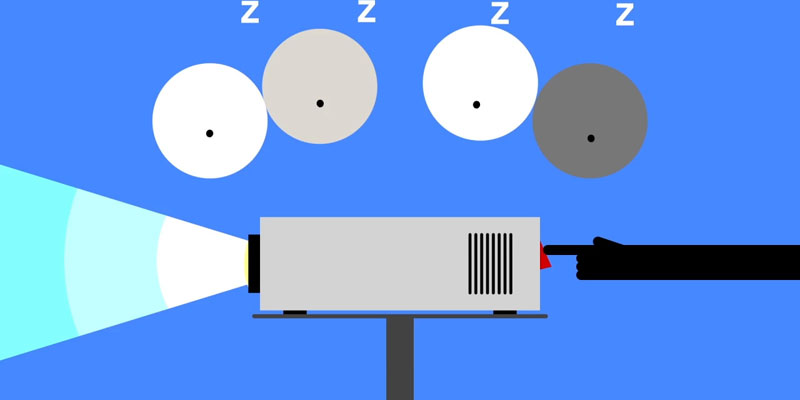
Emotional Intelligence – the evidence
September 6, 2016
Once upon a time ….. Stories and your brain
September 12, 2016Increase the ROI on your training investment


Learning and Development practitioners say they are being more commercial and business focused yet we are still told that programmes are not producing the behavioural change expected, in effect the money is wasted.

Mark Twain said ‘training is everything’ but maybe what he meant is applying training is everything! Training and development is still a major focus for companies despite the recession. Learning and Development practitioners say they are being more commercial and business focused yet we are still told that programmes are not producing the behavioural change expected, in effect the money is wasted. Why is this? Well one reason maybe the design and structure of the programmes themselves. We have made an extensive study of what the science of the brain – neuroscience, can tell us about how people learn and change behaviour. Much of what we have found calls for some subtle changes to programme design if you want better results. And by results I mean people start doing their jobs differently; in a way that is consistent with the execution of your strategy. We have developed an approach to brain-savvy design and we use this to ‘audit’ whether programmes are designed in a way that stands the best chance of achieving changes in behaviour. Some of the points that make up brain- savvy design may already be part of a well-run programme but understanding the science behind what works means, you can audit your own programmes and make sure you are getting a return on your investment.
We have made a short animated video summarising brain-savvy design here. If you want the details and some of the questions to test your own programmes, read on.

Your pre programme communication needs to mitigate threat and maximise reward to ensure people are in the right state of mind and their brain is receptive to new learning and change.

Do people want to learn?
This element starts before anyone is even invited to the event or training; ensuring the motivation to learn and change. Sometimes an intervention has already primed people to want to learn new skills or adopt new behaviour. Humans are essentially social beings and one of the first things we do is categorise people into in-group and out-group. People who are similar are usually in-group, people who are different, out-group. Once categorised, information is filtered to reinforce how they have placed themselves. Essentially training interventions will create new in-groups; the cohort or alumni of the programme. If people perceive that by doing the programme they are separating themselves from valued in-groups then resistance occurs. These categorisations can change and one way is through awareness of benefits. This is an important perquisite to motivation.
The other consideration is that you are asking people to change. This creates pain in the brain and activates the CORE elements. (You can read more about the core model on our web site.) Activation can be a threat or a reward. Your pre programme communication needs to mitigate threat and maximise reward to ensure people are in the right state of mind and their brain is receptive to new learning and change. One way of doing this is to ensure participants understand ‘what’s in it for me’ at a personal level. Research has shown that people need to have a clear vision of the future to help maintain goals and resist impulsive behaviour. This means they need to understand what the goals of the event mean to them and the benefits.
Questions you may want to consider about your programmes:
- How is the programme positioned, does it cut across existing in-groups?
- What are the benefits for those who attend? Will attending the programme reward the CORE elements?
- Do people understand the goals of the programme and has time been spent ensuring they are personalised

Work by Jessica Payne shows the brain learns best when it has mild stress, good sleep and a good mood.

Do you have the right condition to learn?
Obviously a key element of any programme is new learning. The science on how we learn is fascinating and some of it counterintuitive. Work by Jessica Payne shows the brain learns best when it has mild stress, good sleep and a good mood. These three are linked in that a positive in one results in a positive state in the others. Think about it. If you have been awake most of the night going over the presentation to the president , you know you are not going to feel at your best and that tends to put you in a bad mood, sure that you will mess up and then you get stressed about that and then… you get my point. There is an excellent video of Payne talking about her research here. It’s hard to order a good night’s sleep but the research suggests that this is where new connections are made and where new information is linked to existing knowledge so designing programmes that span a night helps. More on spacing below.
Mild stress or Flow as it is called is the work of Csikzentmihalyi. He has created a formula for entering the Flow state. It requires a balance between the level of challenge in a task or situation and the perceived ability to carry it out. If either is too low, people coast, if too high they panic. In any development or training intervention reduce stress but only to the point of Flow. This means you need to stop running programmes that have people jumping off cliffs, whether mental or physical and start stretching them just beyond their comfort zone but no further. This requires good design that can anticipate the starting state of participants and excellent facilitation that can dial up or down the intensity depending on the individuals in the group.

There is no point cramming more and more information in to a programme. You are wasting energy and resources.

Is the programme structured for maximum impact?
The whole area of how we learn is complex but here are two other bits of research that I believe are important to know. The first is very recent. It’s well known that synapses in the brain, the connections between neurons and other cells that allow for the transmission of information, grow when they’re exposed to a stimulus – that is when they are learning. New research from the lab of Carnegie Mellon’s Alison L. Barth has shown that in the short term, synapses get even stronger than previously thought, but then quickly go through a transitional phase where they weaken. Most people, even the scientists thought that learning was cumulative. That synapses started small and then got bigger and bigger. This isn’t the case according to Barth. It seems synapses that have recently been strengthened are peculiarly vulnerable and more stimulation can actually wipe out the effects of learning. More training during this phase is actually counterproductive. There is no point cramming more and more information in to a programme. You are wasting energy and resources. In other research at the same university David Cresswell has found that when people process complex information, giving them time to reflect if only a few minutes makes their decisions much better. This means people can understand the information better in the context of their job.
Scientists know that for generating long-lasting memory, training spaced out works best. These two pieces of research suggest delivering training in small chunks and providing time for reflection works best. We have developed an active reflection method to cope with all the clients who think reflection is a waste of training time.

Telling people what they should know won’t get behavior change. Creating insight and then embedding the insight through the use of tools and goals may.

Payne’s work also points to the importance of creating a positive mood in the programme. This improves processing of new information, memory consolidation and creates better insight or Aha moments. Telling people what they should know won’t get behavior change. Creating insight and then embedding the insight through the use of tools and goals may. Only by consolidating insights will new neural connections be built. These are the first steps to new behavior. You may occasionally need to impart just knowledge but if you want behavior change, participants must work out for themselves what it means for them and set their own goals.
Key questions are:
- Is your content creating the right atmosphere?
- What spacing do you have?
- Are key ideas being generated through insight facilitation rather than instruction?
- How are people reflecting on the learning?
- Can facilitators pace the participants?

Have people identify the new cue, routine and rewards and to persist until they do the new behaviour automatically.

Will new behaviour happen?
Most programmes cover more than one session or channel these days but the importance of understanding the brain’s way of changing means that designing in habit creation is critical. Habits are run by the basal ganglia, a part of the brain which is energy efficient. After a period of time a job becomes a habit. People get comfortable doing the same tasks, the role is predictable. Acquiring new skills or ways of working demands that new habits are formed. I don’t have space to go into all the detail on habit formation. The best source is The power of habit. The brief version is; have people identify the new cue, routine and rewards and to persist until they do the new behaviour automatically. We use a social learning platform to support embedding of new behaviour; the community which is formed provides both a support and pressure group.
The key question is for how long does your programme support and reinforce new behaviours?
Creating brain-savvy programmes improves the behavioural change and thus gives a better return on the investment made. How do your programmes stack up?
References
Learning and talent development 2012 CIPD and Cornorstone
Benedetti BL*, Takashima Y*, Wen JA, Barth AL. Asymmetric wiring of layer 2/3 neurons drives sparse and reliable firing during neocortical development. May 8 issue of the Journal of Neuroscience.
Peters, J. & Buchel, C. (2010) ‚Episodic Future Thinking Reduces Reward Delay Discounting through an Enhancement of Prefrontal-Mediotemporal Interactions‘, Neuron, 66(1) 138-148
Payne, J.D., Jackson, E.D., *Hoscheidt, S., Ryan, L., Jacobs, W.J. & Nadel, L. (2007). Stress administered prior to encoding impairs neutral but enhances emotional long-term episodic memories. Learning & Memory, 14, 861-868
Payne, J.D. & Kensinger, E.A (2011). Sleep leads to qualitative changes in the emotional memory trace: Evidence from fMRI. Journal of Cognitive Neuroscience, 23(6), 1285-1297.
Payne, J.D. (2011). Learning, memory and sleep in humans. Sleep Medicine Clinics, 6(1), 15-30.
J. D. Creswell, J. K. Bursley, A. B. Satpute. Neural Reactivation Links Unconscious Thought to Decision Making Performance. Social Cognitive and Affective Neuroscience, 2013; DOI: 10.1093/scan/nst004
Mihaly Csikzentmihalyi. Finding Flow: The psychology of engagement with everyday life
Related Content



